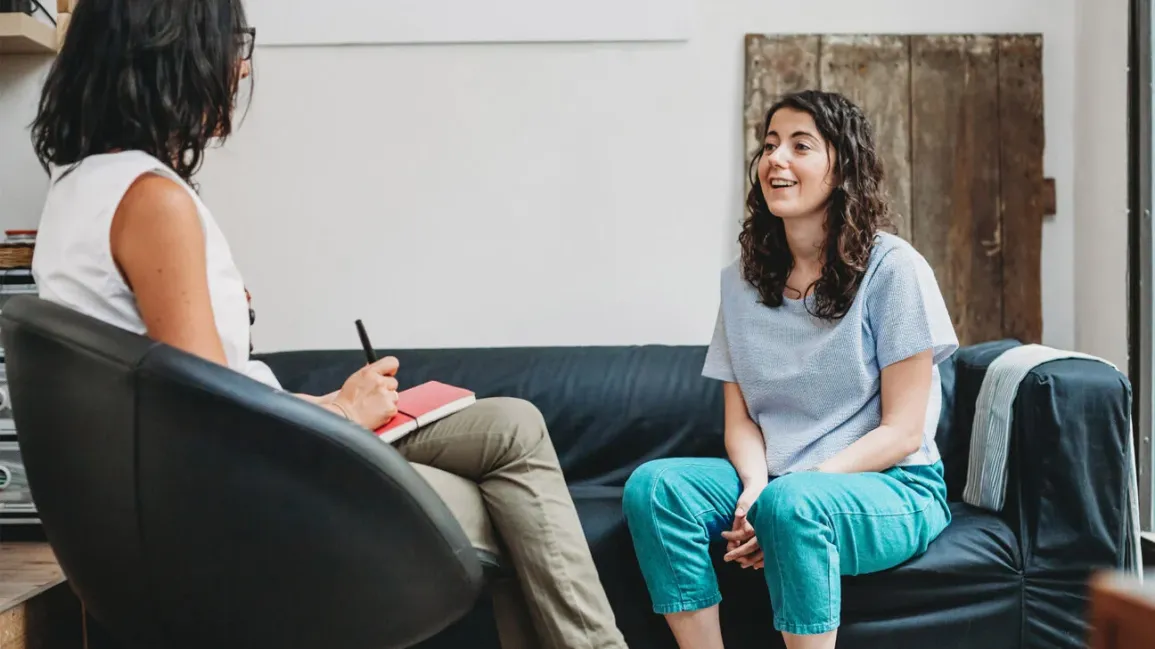If you’re juggling a demanding job, family responsibilities, and a nonstop news cycle, anxiety can creep in fast. Your heart races, sleep gets choppy, and small decisions start to feel huge. You want relief that actually fits into real life—not a long list of shoulds that only adds pressure.
That’s where cognitive behavioral therapy for anxiety stands out. CBT is structured, practical, and focused on what you can change today. It won’t promise overnight fixes, but it provides a clear path forward, step by step. If you value useful tools and predictable progress, CBT can be a strong fit for adult therapy.
Why This Matters
Anxiety often shows up as a loop: stressed thoughts, uncomfortable sensations, and quick avoidance to get temporary relief. In the short term, skipping a meeting or delaying a difficult email can help you feel safer. Over time, though, avoidance shrinks your world and keeps anxiety in charge. Many adults in the United States are navigating high workloads, caregiving, financial uncertainties, and constant digital alerts. Without a plan, worries multiply and confidence drops.
Professional support offers structure. Therapists trained in cognitive behavioral therapy work with you to map the connection between thoughts, feelings, and behaviors. You learn to spot patterns, test new responses, and build skills you can use outside the session. It’s practical mental health help that respects your time and your goals. You don’t need to be at a breaking point to benefit; early, steady support can prevent burnout and restore momentum.
What Therapy Can Offer
CBT gives you a toolkit. Here are core strategies many adults find useful:
Thought awareness and reframing: Anxiety often amplifies unhelpful thoughts like “If I make one mistake, I’ll get fired.” In CBT, you practice identifying these patterns and replacing them with balanced alternatives. For example, “Everyone makes mistakes. I can correct it and follow up.” This isn’t positive thinking—it’s accurate thinking. Over time, reframing can reduce the intensity and frequency of spirals.
Behavioral experiments: Instead of arguing with your mind, you run tests in real life. If you worry that asking a question will make you look incompetent, experiment by asking a small, clear question in a meeting. Track what actually happens. Evidence builds confidence and undermines fear’s predictions.
Exposure with a ladder: Avoidance grows anxiety; gradual exposure shrinks it. You and your therapist create a hierarchy—from least to most challenging—and practice step by step. For social anxiety, that could start with making brief eye contact at the grocery store, then saying “hi,” then asking a cashier one question, and so on. Small wins accumulate.
Skills for body and brain: Practical strategies support your work between sessions. Box breathing (inhale 4, hold 4, exhale 4, hold 4) calms the nervous system during spikes. “Worry time” contains rumination to a short, scheduled window, freeing up the rest of your day. Sleep anchors—consistent wake time, dim lights, and device limits before bed—support recovery. Behavioral activation counters low mood by scheduling brief, meaningful activities, even on tough days.
Planning and progress tracking: A simple worksheet or app-based thought record helps you capture triggers, thoughts, and outcomes in minutes. Weekly check-ins on anxiety intensity (0–10) show whether strategies are working. With clarity, you adjust quickly and keep moving.
Learn from Experts
For a deeper look, read CBT for anxiety on Quick Counseling.
Your Next Steps
- Name one target: Pick a single anxiety pattern (like Sunday-night dread or meeting avoidance). Defining the problem makes it easier to measure progress.
- Run a quick thought record: Capture the situation, automatic thought, feeling (0–10), a balanced alternative thought, and a re-rated feeling. Keep it to five lines to make it stick.
- Create a mini exposure ladder: List 5 rungs from easy to hard. Schedule the first, easiest step this week and repeat it until your anxiety drops by a few points.
- Add two body-based skills: Try box breathing during spikes and a consistent wake time for sleep stability. Pair them with everyday cues like brushing your teeth.
- Schedule a consult with a licensed therapist: Ask about cognitive behavioral therapy, session structure, and at‑home practice. Choose someone who explains things clearly and aligns with your goals.
Learn more about managing stress and finding the right therapist through the link above.


